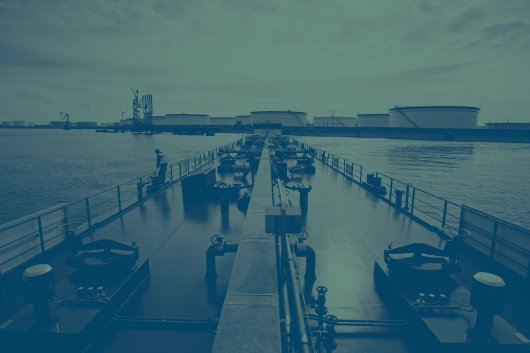Engines 'in better shape' with LNG bunkers: Viking Grace engineer
Engineer notes improvement compared to ships running on regular fuel.
The second engineer of Viking Line's LNG-fuelled cruise vessel, the Viking Grace, says he has noticed
an improvement in the condition of its engines, compared to ships using regular fuel, during the time it has been running on LNG.
"When we conduct inspections or make repairs, we notice that everything is in better shape, especially the engines, from using clean LNG fuel," engineer Roope Nieminen commented in a company video, released this week.
Nieminen also noted that the ship was "much easier to keep clean than older ships would be", that there was less noise on board and improved mechanical operating capacity.
Delivered in January 2013, the Viking Grace receives LNG five to six days a week. The average quantity delivered is around 60 tonnes and the whole operation usually takes about 40 minutes while the vessel is docked in the morning at Stadsgarden in central Stockholm.
"We started this project in 2007," Kari Granberg, Manager NB Project & Technical Development, Viking Line, explained. "Fuel was our biggest challenge. But as AGA was to complete its new terminal in Nynashamn in 2011, this provided a solution."
AGA's solution to supply Viking Grace with LNG was to build a special tanker to provide large quantities of fuel quickly during short visits to harbours. This tanker, the Seagas - operated by Swedish firm AGA Gas AB - is designed especially for this kind of fuel delivery.
"It was a long process for all of us, not just for the ship itself. The entire refuelling operation had never been done before. We had to create the whole bunkering procedure," said Jonas Akermark, LNG Specialist Marine, AGA Gas.
According to Granberg, fuel consumption is 20 to 25 percent lower than what Viking Line had expected.
"We have achieved all our goals. Viking Grace with LNG is a success story," Granberg said.
"LNG is destined to be the fuel of our next generation of ships. Without a doubt," he added.
"When we conduct inspections or make repairs, we notice that everything is in better shape, especially the engines, from using clean LNG fuel," engineer Roope Nieminen commented in a company video, released this week.
Nieminen also noted that the ship was "much easier to keep clean than older ships would be", that there was less noise on board and improved mechanical operating capacity.
Delivered in January 2013, the Viking Grace receives LNG five to six days a week. The average quantity delivered is around 60 tonnes and the whole operation usually takes about 40 minutes while the vessel is docked in the morning at Stadsgarden in central Stockholm.
"We started this project in 2007," Kari Granberg, Manager NB Project & Technical Development, Viking Line, explained. "Fuel was our biggest challenge. But as AGA was to complete its new terminal in Nynashamn in 2011, this provided a solution."
AGA's solution to supply Viking Grace with LNG was to build a special tanker to provide large quantities of fuel quickly during short visits to harbours. This tanker, the Seagas - operated by Swedish firm AGA Gas AB - is designed especially for this kind of fuel delivery.
"It was a long process for all of us, not just for the ship itself. The entire refuelling operation had never been done before. We had to create the whole bunkering procedure," said Jonas Akermark, LNG Specialist Marine, AGA Gas.
According to Granberg, fuel consumption is 20 to 25 percent lower than what Viking Line had expected.
"We have achieved all our goals. Viking Grace with LNG is a success story," Granberg said.
"LNG is destined to be the fuel of our next generation of ships. Without a doubt," he added.
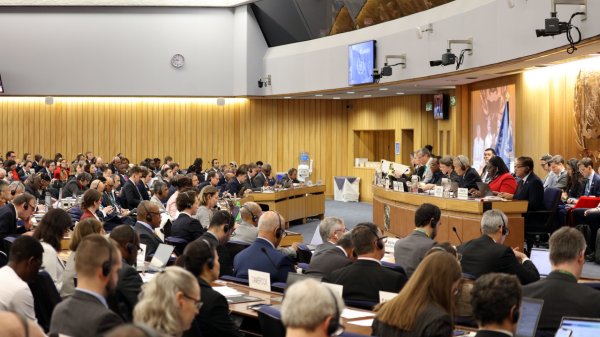
|
IMO approves pricing mechanism based on GHG intensity thresholds
Charges to be levied on ships that do not meet yearly GHG fuel intensity reduction targets. |
|
|
|
||
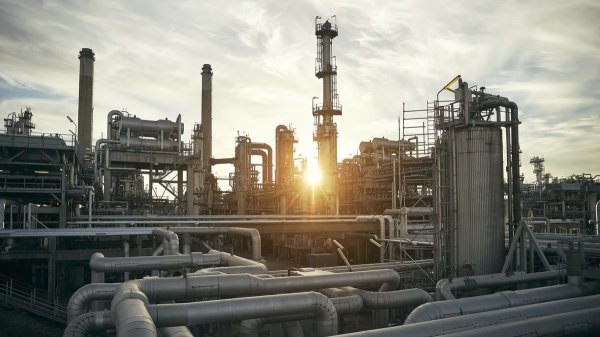
|
VARO Energy expands renewable portfolio with Preem acquisition
All-cash transaction expected to complete in the latter half of 2025. |
|
|
|
||
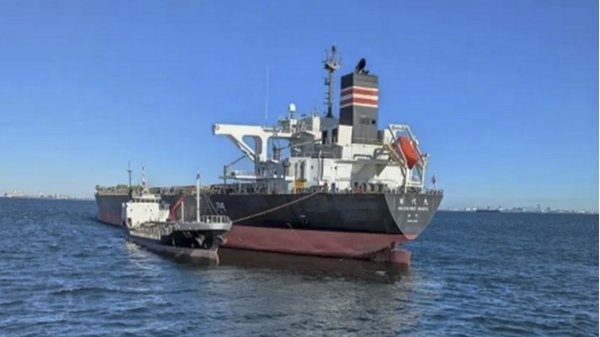
|
NYK trials biofuel in milestone coal carrier test
Vessel is used to test biofuel for domestic utility company. |
|
|
|
||
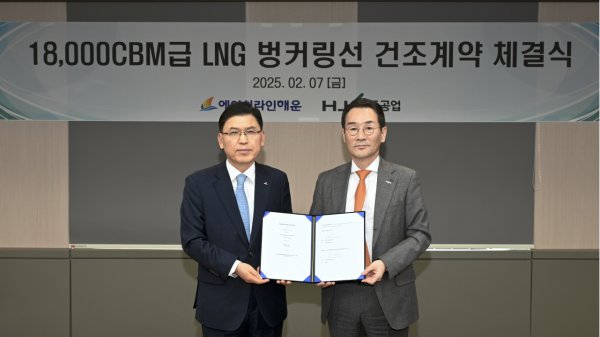
|
H-Line Shipping orders LNG bunkering vessel
Vessel with 18,000-cbm capacity to run on both LNG and MDO. |
|
|
|
||

|
How to engineer and manage green shipping fuels | Stanley George, VPS
Effective management strategies and insights for evolving fuel use. |
|
|
|
||
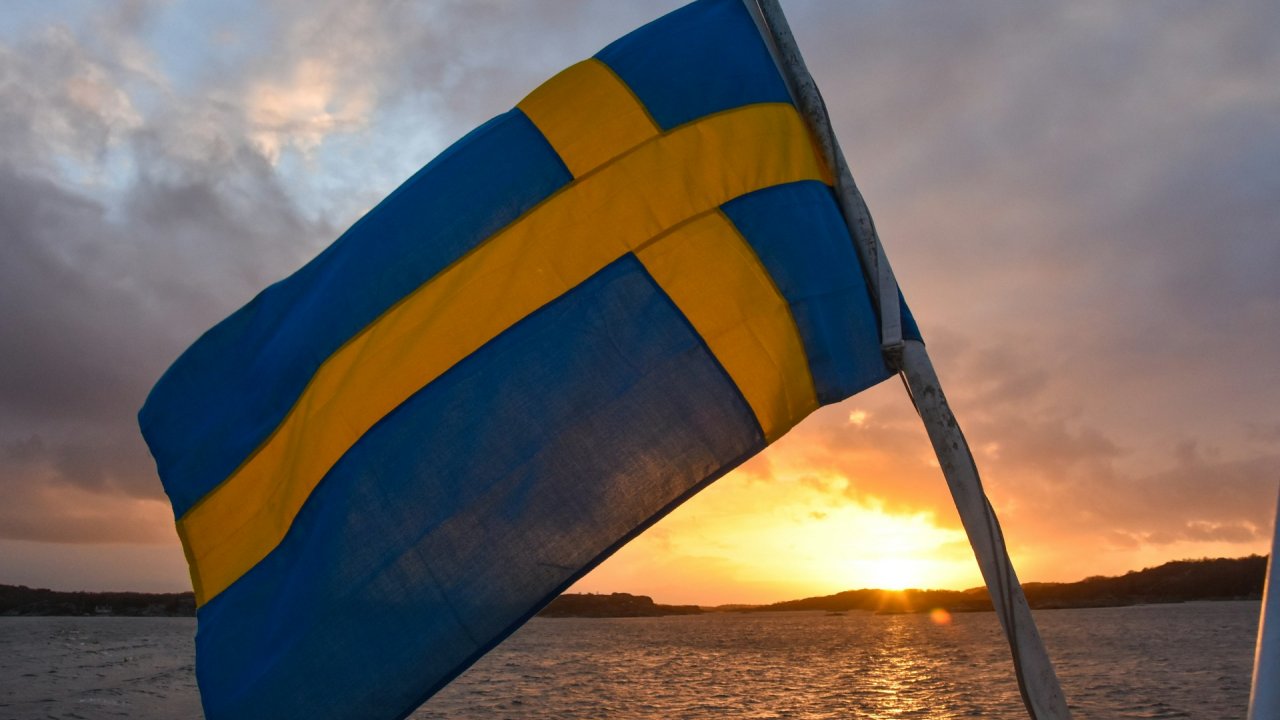
|
Swedish government bans scrubber wastewater discharges
Discharges from open-loop scrubbers to be prohibited in Swedish waters from July 2025. |
|
|
|
||
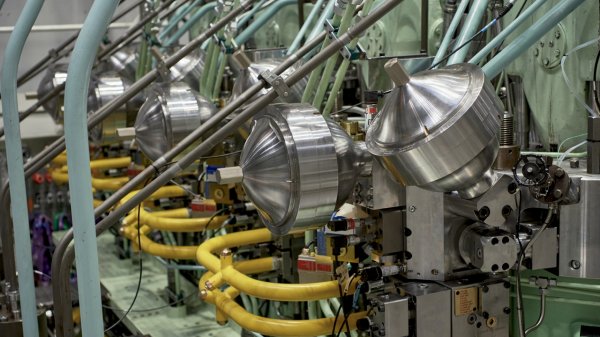
|
MAN Energy Solutions achieves 100% load milestone for ammonia engine
Latest tests validate fuel injection system throughout the entire load curve. |
|
|
|
||
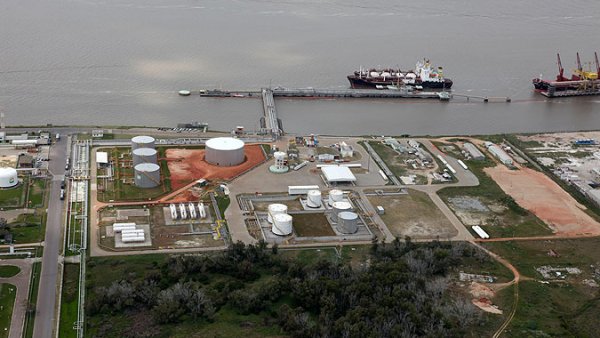
|
Petrobras secures ISCC EU RED certification for B24 biofuel blend at Rio Grande
Blend consisting of 24% FAME is said to have been rigorously tested to meet international standards. |
|
|
|
||
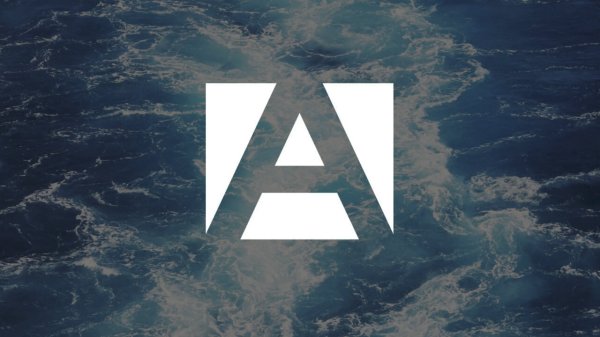
|
Stolt-Nielsen to fully control Avenir LNG with acquisition
Share purchase agreement to buy all shares from Golar LNG and Aequitas. |
|
|
|
||
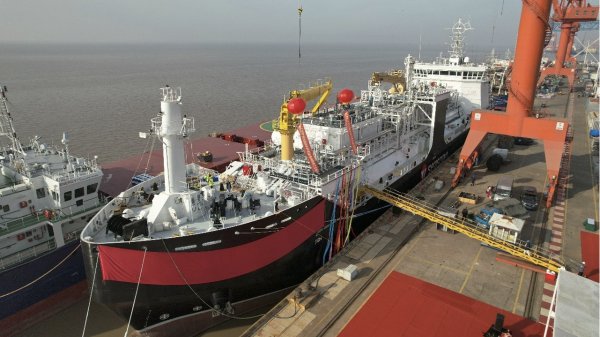
|
Bureau Veritas supports launch of CIMC SOE's LNG bunkering vessel
Handover of Seaspan Energy's cutting-edge 7,600-cbm vessel completed. |
|
|
|
||
Related Links
- · Viking Line ferry will be first to use dual-fuel version of world's most efficient four-stroke diesel engine [Insights]
- · Bunker-saving Azipod propulsion ordered for LNG-powered Viking Line ferry [Insights]
- · Viking Line expects 2017 bunker bill to rise as H1 fuel costs jump 23.3% [Insights]
- · Viking Line signs LOI to build LNG-fuelled passenger vessel [Insights]
- · Milestone reached: Viking Grace has refuelled with LNG 1,000 times [Insights]

